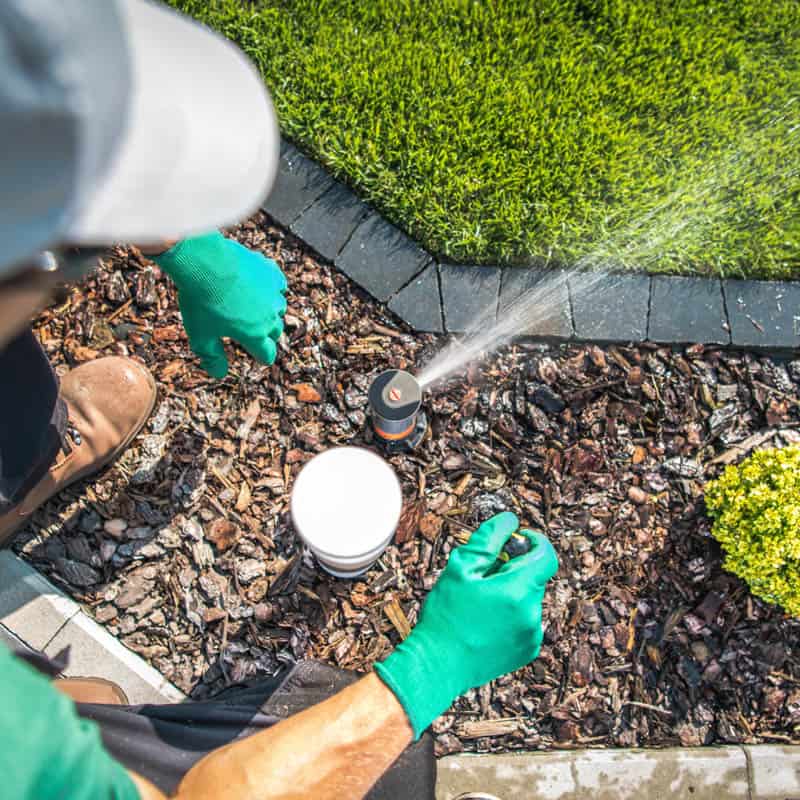Backflow Prevention Devices – Why they exist and why you may need to install one
Why do I need a backflow prevention device on my irrigation system?
Because they can save lives, and in many cases, a legal requirement
95% of the landscape irrigation systems we install or design require a backflow prevention device. So there is a good chance you need one on your irrigation system
Many commercially available backflow prevention devices contain one-way valves, which only allow the water to travel in one direction. This signifies that should any nasty contaminants make their way into the water via the irrigation system, your drinking water supply remains shielded against them.
When installing a backflow prevention device, you need to consider a few things, including:
1. Hazard Levels
2. Pressure Loss
3. Where the backflow device is placed
What Are Hazard Levels?
- Low Hazard – domestic situation, hooked up to the drinking supply and has nothing fancy. We installed an untestable dual check valve device.
- Medium Hazard – generally used on a commercial project, hooked into a drinking water supply. We install a Testable Double Check Valve Device.
- High Hazard – usually on a commercial project where an alternate water supply exists, or chemical injection into the irrigation system is required (fertilisers, chlorine, treflan or another chemical). We install an air gap (which is a method rather than a device) or a RPZ reduced pressure zone device
How does the pressure loss through a backflow device affect irrigation systems?
Pressure loss through the backflow prevention device is not so much an issue with things like drinking fountains, baths, showers, or even garden hoses; the water pressure would have to be extremely low for anyone to complain about these situations.
With pressurised irrigation systems, there is a minimum pressure required to run the emitters, for dripline it’s a much lower pressure; it could be anywhere from 80 – 150 kPa, but for a sprinkler, at the head, you need around 280 – 350 kPa or even more. Irrigation won’t work without the right pressure on the outlets.
Every fitting, valve, or bit of pipe in an irrigation system will cause some form of pressure loss. Backflow prevention devices cause a significant amount of pressure loss. This means that your drinking water supply remains protected against nasty contaminants that might enter through the irrigation system.
Where is the backflow prevention device placed?
Individual or Zone Device – Install the device that protects the water supply within the property at the connection point to the irrigation system.
Containment Protection Device – Placed directly downstream of the water meter, to protect the rest of the water network(Public or town).
Frequent searches leading to this post: backflow prevention devices | backflow prevention melbourne | backflow prevention servicing melbourne | what is a backflow prevention device used for | sprinkler system backflow
Our team of experts is equipped to provide you with detailed information, personalized recommendations, and top-notch installation services to meet all your backflow prevention needs. Contact us today for a consultation and ensure your water supply remains safe from contamination.



